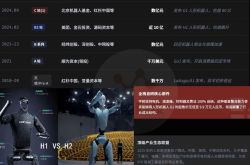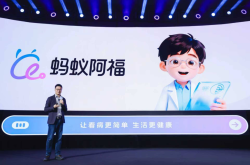What is ODD, a Term Frequently Mentioned in Autonomous Driving?
![]() 09/22 2025
09/22 2025
![]() 518
518
In the realm of autonomous driving, a concept that frequently crops up is ODD. ODD, an acronym for Operational Design Domain, is often rendered into Chinese as "operational design domain" or "operational domain". Intuitively, ODD can be compared to an "activity permit" for autonomous driving systems. It precisely outlines the environments, road conditions, speed ranges, and types of traffic participants within which the system is authorized to assume control of driving tasks. To put it simply, envision autonomous driving as a participant in a race. ODD sets the parameters of the race, encompassing the track, weather conditions, time of day, traffic rules, and acceptable levels of risk. Venturing outside these parameters is prohibited, and the steering wheel must be handed back to the driver, or a safe parking procedure must be initiated.
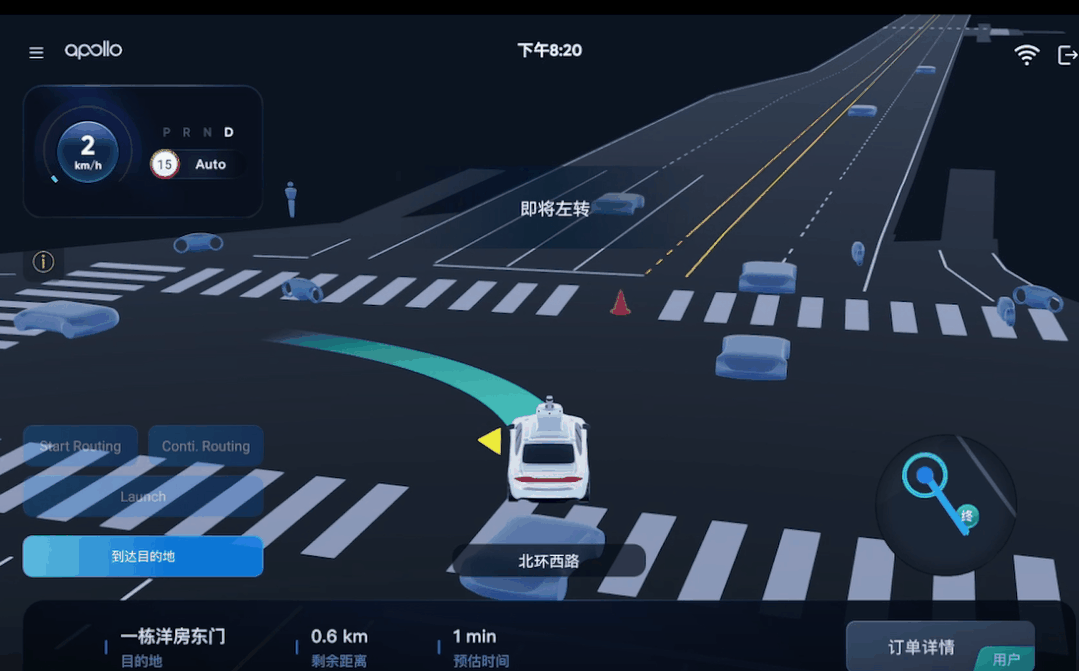
How Significant is ODD in Autonomous Driving?
ODD is not merely an academic construct; it serves as a vital technical cornerstone for autonomous driving. Autonomous vehicles are not all-powerful; every perception, prediction, and decision-making system has its limitations. ODD clarifies these boundaries, serving two fundamental purposes: firstly, it provides clear specifications for system design, testing, and validation; secondly, it offers quantifiable safety management criteria for operations and regulation. Without a well-defined ODD, key questions such as "Where can the system operate safely?", "When is human intervention necessary?", and "Who is responsible in the event of an accident?" remain unanswered.
For autonomous driving, ODD guides the selection of sensors and the design of algorithms. If the target ODD encompasses complex urban environments with intermittent traffic flow and nighttime rain or snow, the perception system necessitates enhanced low-visibility performance and redundant sensors. The testing team must then generate targeted test scenarios and simulation cases accordingly, avoiding blind production testing in unsuitable scenarios and thereby reducing risks and costs. From a regulatory and product standpoint, ODD fosters consensus among regulatory bodies, automakers, and users. If a product specification states that a system is usable on highways during the day, with a speed limit of 120 km/h, under clear or lightly cloudy conditions, using the function in tunnels or heavy rain would be considered non-compliant or warrant a warning. This also provides clear restrictions for assigning responsibility in autonomous driving accidents.
How to Design ODD for Autonomous Driving?
Designing an effective ODD for autonomous driving is not merely about listing rules; it involves defining "measurable, verifiable, and enforceable" conditions. Firstly, the spatial dimension must be clearly delineated, encompassing geographic and road characteristics, such as whether it is limited to highways, urban arterial roads, residential areas, or parking lots. The road type should specify whether unmarked lanes, one-way streets, or complex intersections are permitted. The temporal dimension also requires clarification, such as whether operation is limited to daytime, dusk, or all-weather conditions. The environmental dimension is critical, with weather (clear, rain, snow, fog, wind), lighting (daytime, nighttime, tunnels), and road surface conditions (dry, wet, icy) expressed in quantifiable terms, such as visibility exceeding a certain distance, road friction coefficients within a specific range, or precipitation intensity thresholds. Traffic flow and participants, among other factors, must also be considered in ODD design, specifying whether operation is supported in pedestrian-dense areas, mixed traffic with non-motorized vehicles, public transportation routes, or construction zones. The vehicle's own capabilities must be clearly stated, including maximum permitted speed, acceleration/braking limits, lane-keeping accuracy, sensor blind spots, positioning accuracy, and even map dependency. Dependencies on infrastructure and services must also be listed, such as whether high-definition maps, roadside units (RSUs), or continuous network connectivity are required.
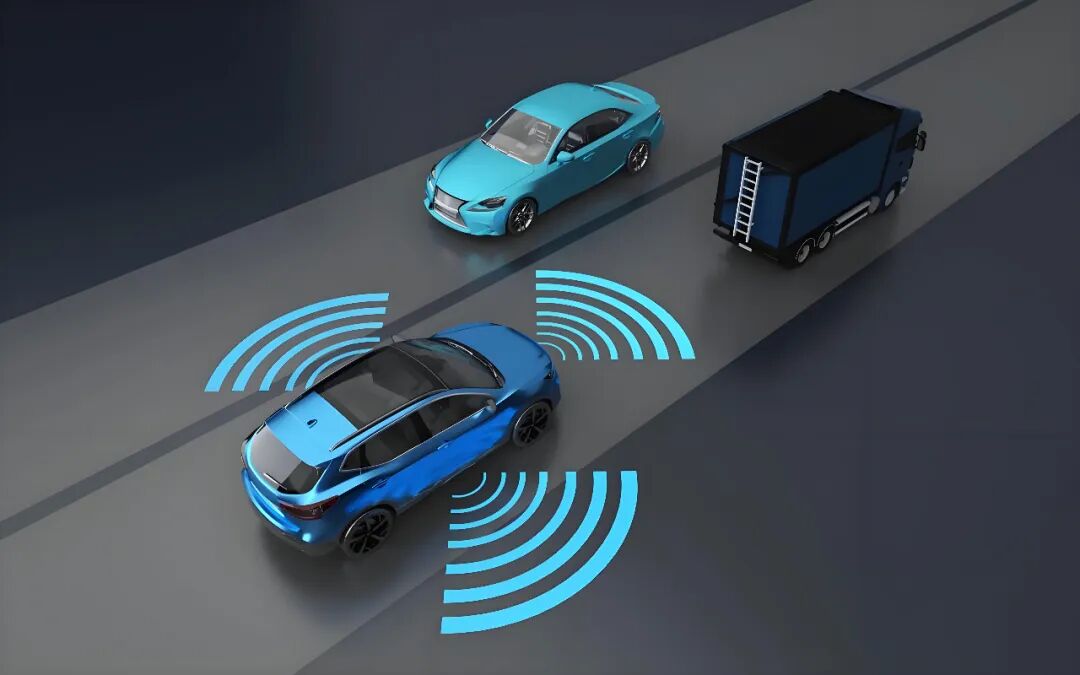
ODD descriptions should incorporate explicit numerical values or rules, avoiding vague usage scenarios. Stating "applicable to urban roads" is less effective than specifying "operation on urban arterial roads with a road width of ≥6 meters, clearly visible lane markings, and vehicle positioning accuracy of <±0.5 meters." Such expressions facilitate scenario-based implementation and enable quantifiable verification for testing and regulation. For conditions that are difficult to define precisely manually, "measurable condition alternatives" can be introduced, such as replacing "good visibility" with "the forward camera can identify pedestrian outlines at 10 meters with a probability of ≥95%," transforming vague perceptual requirements into measurable indicators.
ODD design is not a static process; as sensors upgrade, algorithms optimize, and operational experience accumulates, autonomous vehicles may require "domain expansion." Such expansions must undergo rigorous engineering validation processes, with clear version control and effective dates documented to avoid compliance and safety issues arising from "functional autonomy."
Practical Considerations for Implementing ODD
Implementing a well-designed ODD necessitates close integration with all stages of autonomous driving production. During the design phase, ODD is translated into system and testing requirements. System architects decide on redundancy strategies based on ODD, such as which types of perception require redundant sensors and how to handle capability degradation when sensors fail. The perception algorithm team designs detection and tracking strategies based on ODD-defined maximum permitted speeds, lane widths, and pedestrian densities. Decision-making and planning must consider worst-case boundaries and define "minimum risk conditions," meaning that when the system determines it has exceeded ODD, it must immediately take actions such as slowly merging into the emergency lane, decelerating to a stop, and issuing warnings, or requesting human intervention.
During the verification phase, simulation and real-world testing are employed to validate ODD accuracy. Simulation covers rare boundary scenarios, extreme weather, and complex intersection combinations, exposing system weaknesses under controllable safety costs. Real-world testing must be conducted within clearly defined ODD boundaries, with extensive operational data recorded to assess system stability and misjudgment rates under real traffic and noise conditions. It is important to note that ODD verification should not focus solely on average performance metrics but must also examine behavior in edge cases, evaluating system responses in low-probability but high-consequence scenarios. Safety engineering typically employs scenario coverage matrices and scenario priority strategies, focusing repeated verification on high-risk, high-exposure scenarios.
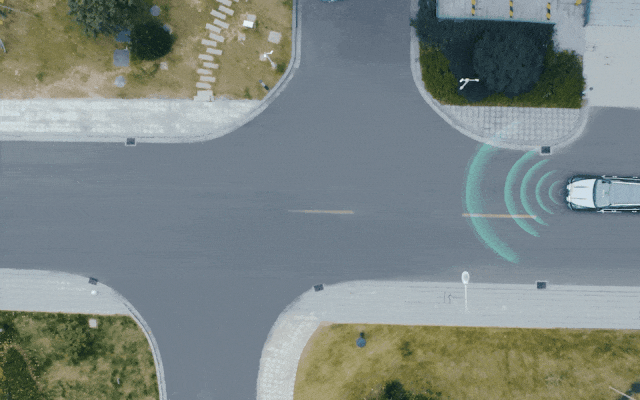
For autonomous driving to become a practical reality, ODD deployment and operation are equally critical. The operations team must embed ODD rules into product documentation, user interfaces, and remote monitoring systems. Users should be clearly informed whether the current environment meets ODD requirements before enabling autonomous driving functions. The vehicle must have continuous ODD status monitoring capabilities, capable of issuing early warnings when approaching boundaries, providing a "smooth handover" window rather than abruptly relinquishing control in dangerous situations, such as the extreme case of a 0.1-second disengagement from intelligent driving. For fleet operators, ODD version management, operational logs, and accident traceability links must be established to ensure that, during accident investigations, it can be determined whether the function operated according to ODD and whether domain expansion introduced unacceptable risks.
ODD management becomes even more complex with frequent software OTA (Over-the-Air) updates. Before any domain expansion or capability modification is distributed via OTA, a dedicated conformity assessment process must be conducted, including simulation regression, closed-loop real-vehicle verification, and phased gray-scale release. Product documentation should also indicate the ODD version corresponding to the software version, enabling users and regulatory bodies to clearly understand the vehicle's actual operational boundaries when a function is enabled.
Common Misconceptions, Challenges, and Future Trends of ODD
For many manufacturers, ODD is often simply understood as "marketed usage scenarios," leading to vague and broad language in user manuals that results in unclear boundaries and ambiguous responsibility for autonomous driving systems. Some manufacturers view ODD as a "pre-launch compliance item," neglecting ongoing monitoring and updates during operation. In reality, ODD serves two primary purposes: firstly, to transform vague human descriptions into measurable indicators; secondly, to provide a safe and acceptable user experience near boundaries.
Technically, perception and positioning errors, uncertainty quantification, and decision-making robustness are all factors that must be considered in ODD design. Even on the same road, different weather conditions or construction states can lead to vastly different system performances. Incorporating these dynamic changes into ODD descriptions and automatically assessing whether the environment meets ODD requirements during operation require more mature uncertainty estimation methods, online health monitoring, and multimodal redundancy designs.
As autonomous driving technology matures, finer-grained "dynamic ODD" and "scenario-based authorization" capabilities may be implemented. Dynamic ODD refers to the system's ability to make short-term allowance or rejection decisions for certain ODD conditions based on real-time observations during operation, such as permitting continued operation at reduced speeds on highways with slightly reduced visibility but sparse traffic ahead. This requires the system to possess more refined risk estimation capabilities while maintaining safety redundancy. If vehicle-road-cloud coordination is realized in the future, when roadside units provide construction information, variable speed limits, or high-precision positioning services, vehicles can obtain additional ODD permissions; conversely, operational permissions may be tightened.
-- END --





